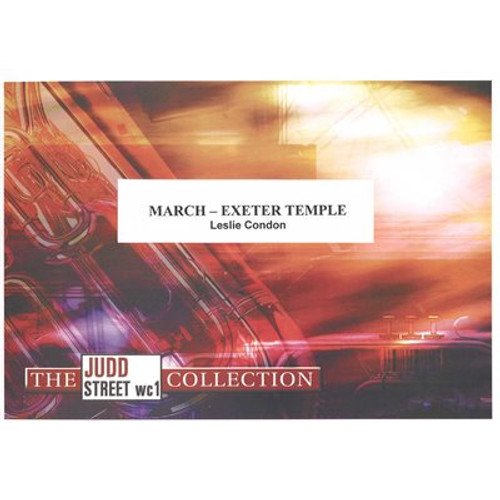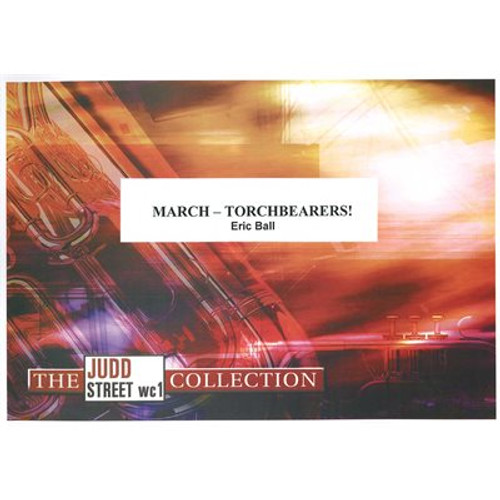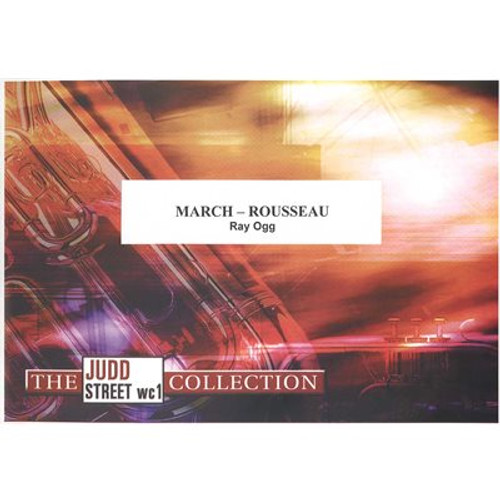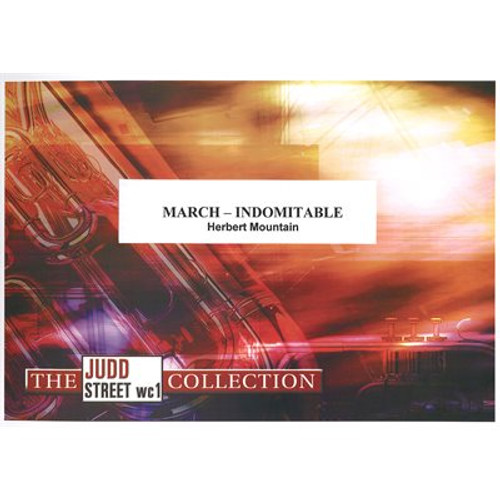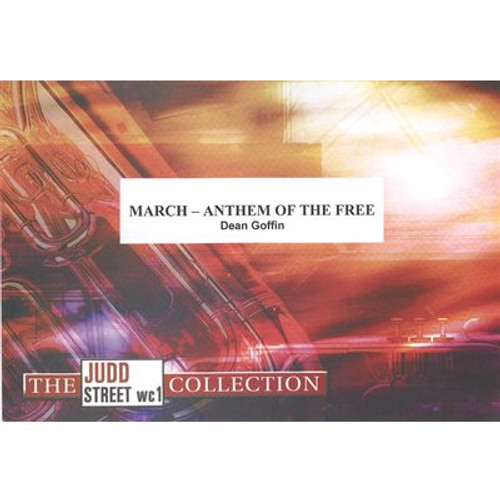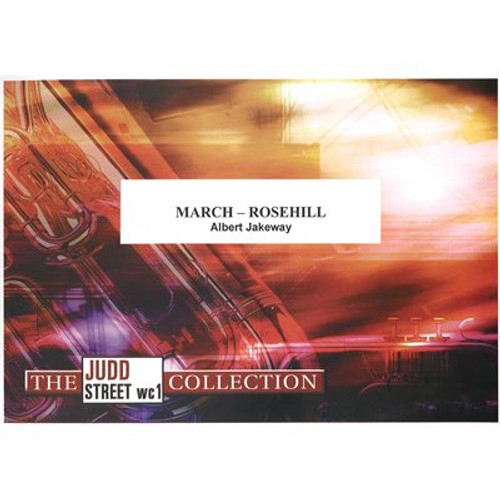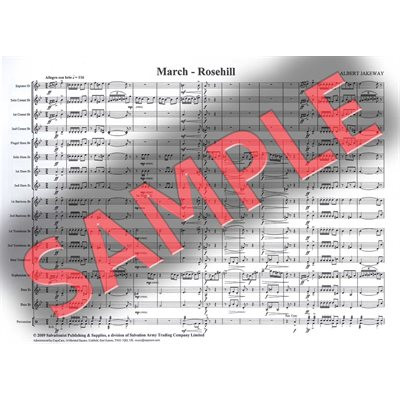Product Description
Comments by Major Leslie Condon
The march Exeter Temple was written to mark the centenary of the historic corps of that name in the southwest of England. This great center of Salvationism grew from roots of great tradition, the opposition it was obliged to experience seeming to spur on the cause rather than to stifle it. Even civic authorities and the Church were among those denouncing the installation of the Army in the late 19th century. In direct contrast, this march was first played at Exeter Cathedral during centenary celebrations in October, 1981, in the presence of, and with good wishes from, ecclesiastical and civic representatives.
In writing such music the design was to produce what we commonly call a 'street march'! Thus, a stately tread is the character throughout, with an unashamed absence of modernity and a few splashes of color from the styles of those march-kings, Coles, Gullidge, Jakeway and Marshall, who have set their stamp on what a good street march should be.
The opening unison figure needs attention; it could sound dusty, particularly from trombones on their initial low D. Secure the forthcoming 'swing' in the bar before A. Attend to the balance of entries in the first-time bracket of section A. The positive character of B will be further enhanced by acute dynamic contrast. At D, the tune Rachie is features with canonic imitation from various sections. The peak of these is two bars before E where 2nd baritone, tenor trombones and euphonium lift the scheme into the refrain. In E see that the accidentals obtain all through the bars affected. The tune played by baritones, trombones and euphonium in F, Tell the news, contains a special link to Exeter Temple. The words and music were both written by members of the corps. The words are as follows:
(view series guide)
- Tell the news; Christ is living today;
- Show to others he's here to stay;
- Live your life, that the whole world can see
- Christ's alive, and he lives in me.
Produced by The Salvation Army, SP&S, UK

